CELEBRATE THE RUN - DAY 1 - MILE 0: Carey Pinkowski, Race Director of the Bank of America Chicago Marathon on the Course Design and Who He Would Invite, Dead or Alive, to Run His Marathon
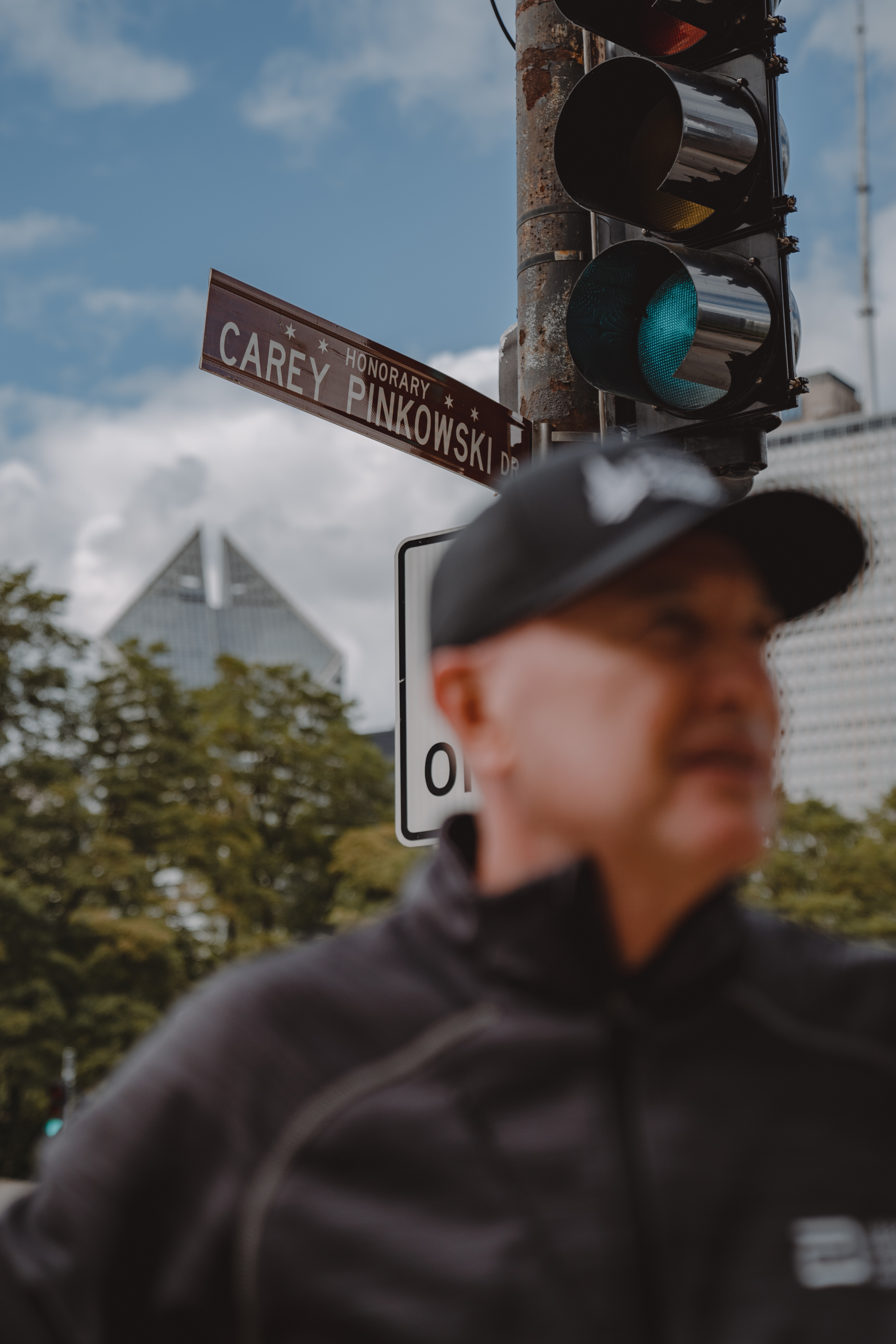
CELEBRATE THE RUN - DAY 1 - MILE 0 kicks off the start of our virtual Bank of America Chicago Marathon celebration week. DAY 1 focuses on MILE 0, the starting line of the Bank of America Chicago Marathon. Monroe Drive and Columbus Street, also known as Carey Pinkowski Drive.
Carey Pinkowski is the Executive Race Director of the Bank of America Chicago Marathon and has been since 1990. Pinkowski’s course design allows for more than 1.7 million spectators to watch the race making the marathon an annual gathering for the entire city. The starting line, sandwiched between Grant Park and Maggie Daley Park, takes into account everyone involved in the marathon: elite athletes, participants, volunteers, spectators, and the rest of the city's population.
During his tenure, the race has expanded from 6000 registered runners in 1990 to a record 45,924 finishers in 2019, including runners from all 50 states and more than 130 countries. Each year, the event generates an economic impact on the City of Chicago of $338 million, and, since 2002, over 106,000 runners have helped the Chicago Marathon charity program raise more than $185 million for local, national and global causes.
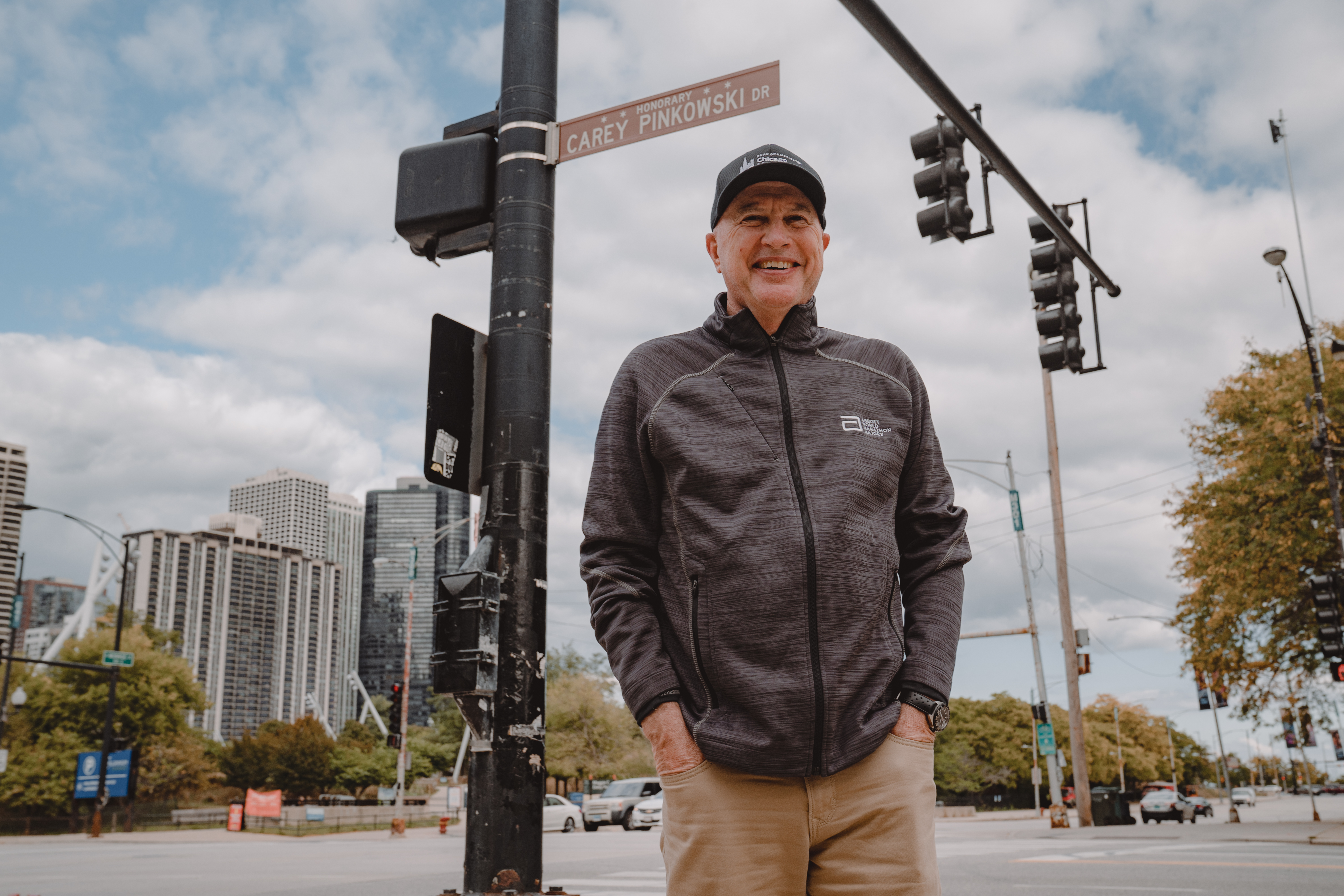
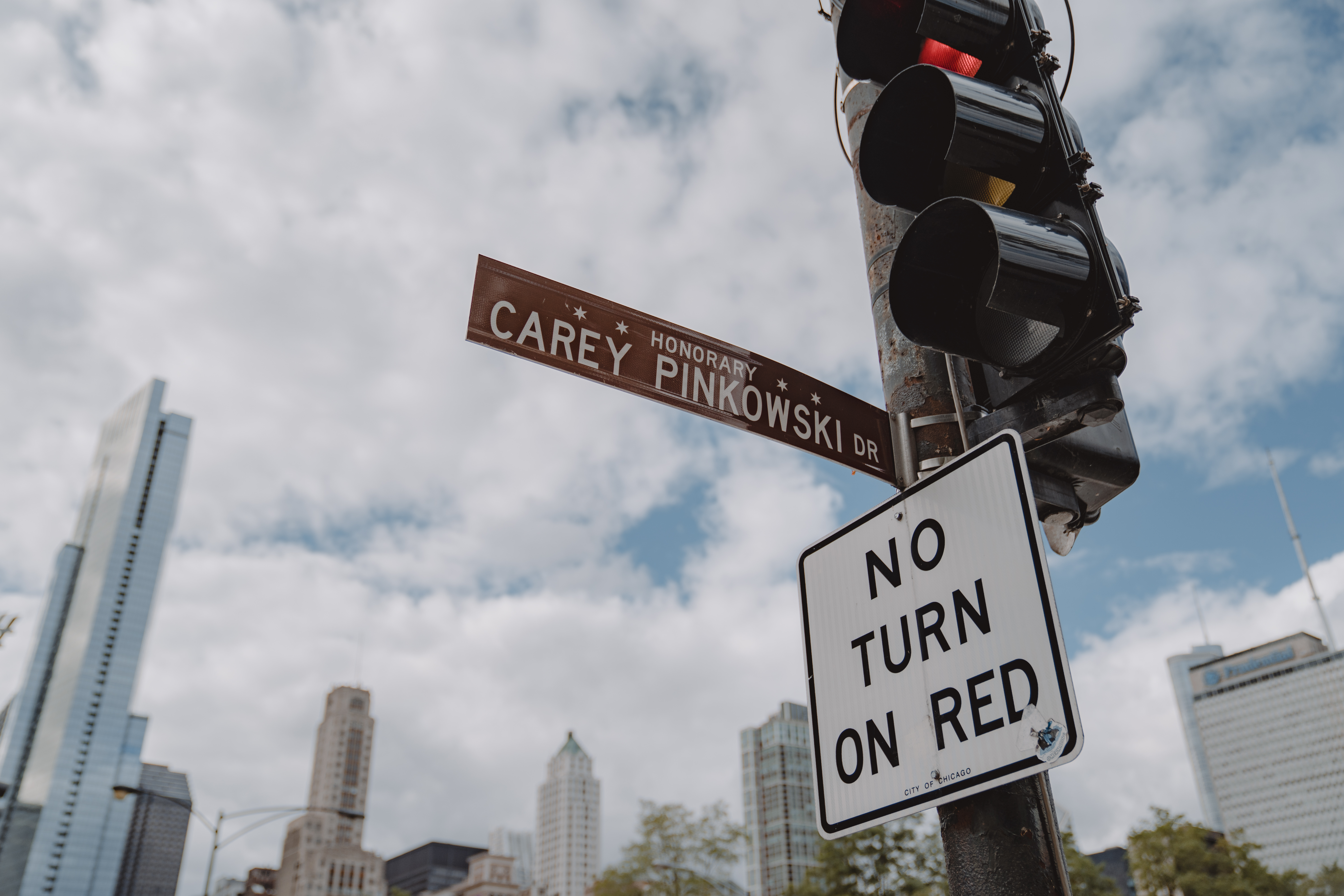
We met Carey at Carey Pinkowski Drive and asked him some questions about what he'll be doing this year on October 11th, what goes into the planning of the marathon, and who he would invite to run his marathon in a dream scenario.
What will you be doing this year on October 11th?
Good question. I don't know yet. It'll be a unique day. I was just talking earlier with some colleagues and, this time of the year for me, for the past 30 years, 31 years has been a very busy time. I never realized what a wonderful month September is [laughs]. Not that we haven't been busy, but, I've had time to enjoy it a little bit more, which I traditionally don't have time to appreciate what the fall is about. So to answer your question, I don't know what I'm going to do.
I know Mike Nishi, who's my long time General Manager, he's going to ride the course on his bike. I have to give it some thought. I don't really have an answer for you right now.
What went into the decision to take the Bank of America Chicago Marathon virtual this year?
Well, obviously, the marathon was affected by what we're dealing with, what everyone is dealing with. COVID-19. We started to see and hear a little bit about that from our colleagues in Tokyo early in the year. And, obviously, we were getting some information from them and from the city and the health department and our medical director. So, putting all that information together. It started with our 8K, the Shamrock Shuffle, which is an event that we're proud of and it's got such a great Chicago tradition being the kickoff to the running season.
That was really the first event where we realized that we would have to pause with that event. And then as more information started to surface, there were more conversations with the city about the decision to postpone this year's event for the health and wellbeing of our participants and our volunteers and spectators and everyone involved. It was difficult, but it was a decision that everyone is making. Everyone in Chicago, Illinois, across the Midwest, across the country, around the world. There was a lot of discussion with Boston at the time and Tokyo and London and Berlin, and our partners in the World Marathon Majors, we traditionally exchange information, and best practices, and communicate. So it was agreed here in Chicago, that it was in the best interest that we go to a virtual option.
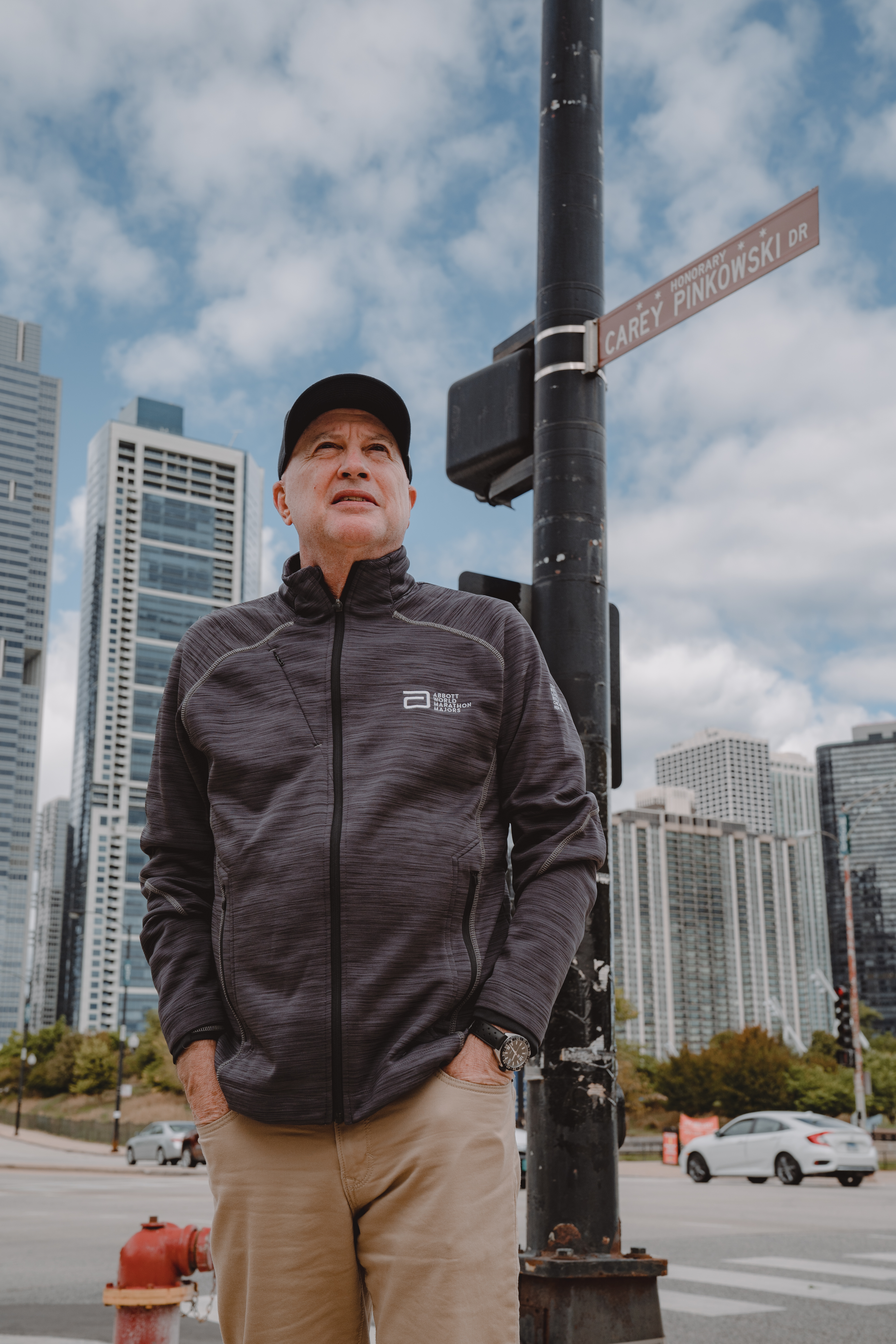
With the race being virtual this year. What are you personally excited to see?
Well, it doesn't replace the real event. It's a placeholder. I think that what you'll see is that participants will be able to connect. We're going to have people that are participants that are running in Asia, in South America, across the country. Through this platform, they'll be able to connect digitally and socially. It's a placeholder, but I think it'll extend the popularity of the event. I think people realize that this is just a moment in time and that they want to get back and be part of this great tradition. We made the decision to offer to differ for our participants or to refund so we've got a good amount of our participants that have deferred to 2021 and 2022. It's just a unique situation we're in, but when you drill down past all of it and look at the baseline it's a genuine event that engages in an amazing community, an amazing city where partnerships whether it's the corporate community, our residents, our local businesses, the hospitality industry, the city agencies, everybody comes together and celebrates the human spirit. And, and that will transcend and that will move forward. This year has been a challenging year, but, I think we will pick up where we left off and continue on.
You were a runner in college at Villanova and a pretty good one. You ran the Bank of America Chicago Marathon once in 1983 with a time of 2:20:43 How did you get involved with race management from there?
You know, I live a charmed life. I grew up running in Northwest Indiana as a high school kid and ran cross country and track and had a great coach and some great teammates. And then being recruited by Villanova I had great college coaching. Living in Philadelphia, a lot of my teammates and classmates were from New York, Long Island. During my freshman year, they're like, “hey, we're going to go up and watch the New York City Marathon” and I got on the train from Philadelphia and went up and watched the marathon. And at that time it was Bill Rogers and Frank Shorter. I was just amazed because I had come from the perspective of more of an elite athlete. A competitor. Runners were coming over the bridge in Manhattan. 51st Street bridge and my teammates took off because Bill Rogers came sailing by and they wanted to get to the finish line. I just found myself standing there and watching the sea of people, which I think was 12,000 people. I was amazed at how these individuals were part of this event that didn't look like they were marathon runners. They were hours behind the leaders. But I was amazed at how intense they were and how intense the crowds were. It just stuck in my mind. I became a kind of a casual observer of events and I had run in some events and I got involved in helping out with them and volunteering. I connected with the guys that were producing the marathon at the time, and they had me do a couple of projects and it grew to become the race director. I think a lot of people thought I was crazy at the time, but I just got kind of consumed by it and I just saw the potential of the city and the event. And here we are 31 years later.
What are some of the biggest changes you've noticed in the participants and in the atmosphere of the race over the years?
Well, in my first couple of years, I was questioned because only about 4% of our participants were women. And why did we have equal prize money for men and women? So what's changed running for me and from what I can see in the past is, is the participation of women and the elite athletes on the women's side. Look at the history of Chicago from Joan to Deena, to Catherine, to Paula Radcliffe, to Constantina Diță. These are athletes that performed at a top-level, ran hard, trained hard, did everything that we asked them to do athletically, and more, and then also became great ambassadors for us. 50% of our participants are now women and that's a big part of the event. Women are responsible for the growth of running in the marathon.
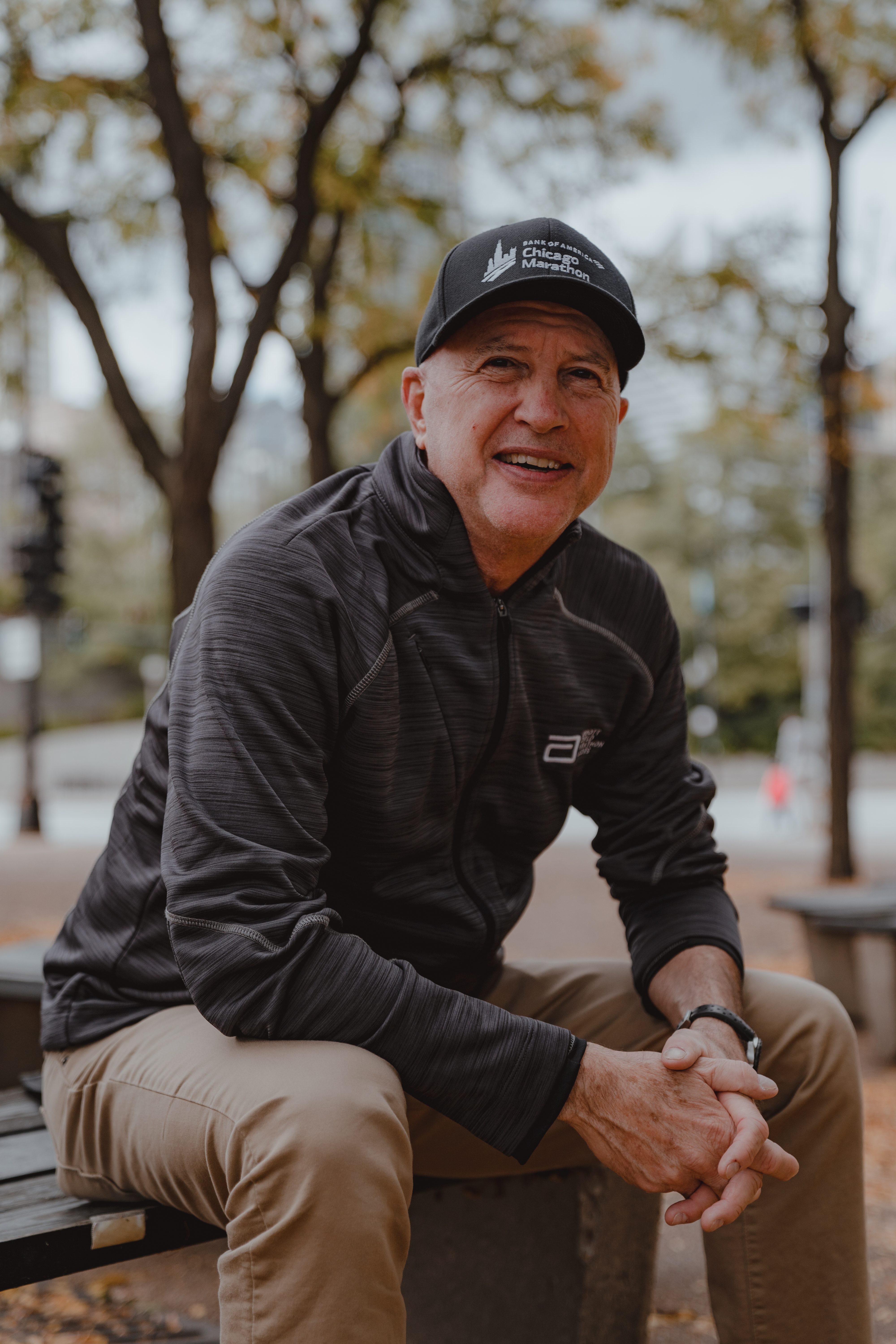

How many work hours go into the race within the year?
Oh, wow. I was just talking on television a few minutes ago and that conversation was out to 2023. If you think about what the marathon does, it engages the community, but the hotels, the wedding receptions, the things that are going on, the everything. There are so many things going on in the city that for all intents and purposes are disrupted on marathon Sunday. So there's a great deal of advanced work that goes out in terms of communication. This is probably one of the greatest event cities in the world. There's a lot of collaboration between event producers and sharing best practices, whether it's Soldier Field or Wrigley Field or Guaranteed Rate. Think about our medical volunteers that come down and play an active role. It's a team exercise in which everybody plays a really amazing role. Gosh, I'd have to go there and talk to finance to find out the exact hours. But, we had 13,000 volunteers last year. We have 45,924 finishers. We have 35 full-time employees that have worked on this but that doesn’t include contractors and different elements of security.
How many hours of sleep do you get the weekend of the marathon?
You know, by that time, we have a great staff, our operations team, our media team, they really get in front of a lot of things. Unless there are some challenges with the weather. the city has been an amazing partner. I mean, you take 26.2 miles of urban roadway and turn it into the Bank of America, Chicago Marathon. They take it very seriously, whether it's the roadway or making sure that everything's in place.
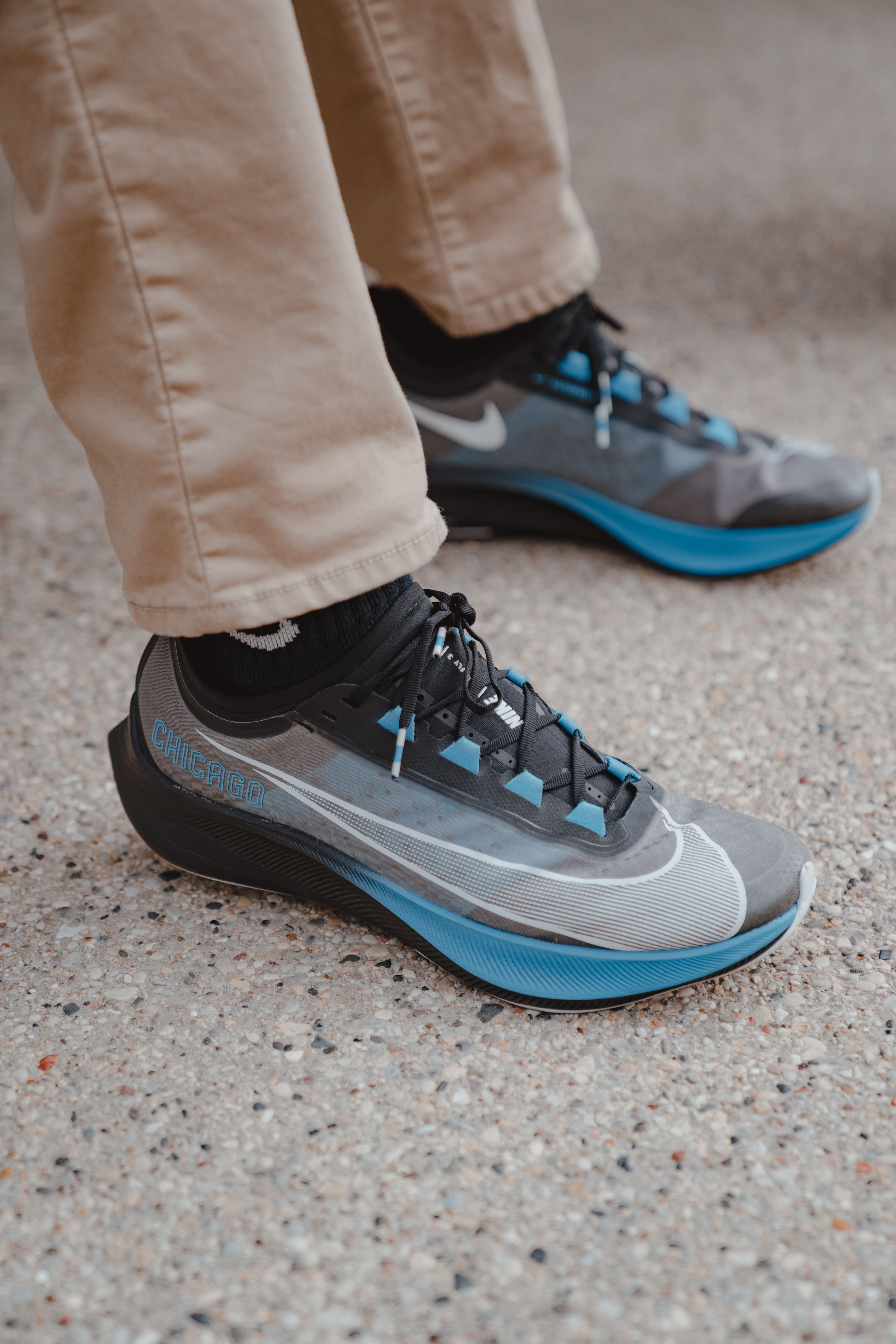
What goes into the course design?
One of the great facets of the event is the fact that you start and finish in the same spot. I think that has value. People can walk from the hotels or they can take public transportation and access the start area. For our participants, visually, the architecture, the neighborhoods, it's a real visual experience of the neighborhoods and the community, but it's so accessible for friends and family members.
I mean, it's amazing. You can get a day pass and get to six or seven locations. So you can discover the city. You can get to different areas, right? I think that's such an added value piece. It's become a big part of the race day experience for spectators and friends and family members. I think that engages a lot of people too. I have always felt on the elite side, early on in my career, that you should do a point to point. It should be like Boston or New York. But, the fact that we can really take our elite athletes out of the hotel and get them to the starting line in less than 10 minutes is incredible. The guys that have been training for five months and they're going to go head to head and then you're going to put them on a bus for an hour and a half, and then have them sitting next to each other? No, you want them separated. You want their mind clear, you don't want to take that stress level of that commute to the start. So they have less stress warming up. This venue affords us a great place for the elites to warm up and get to the start line. So, all those things complement the event, but the way that it's built and the way that our partners look at everything, whether it's the elite athletes, the participant comes first. We try to simplify the experience.
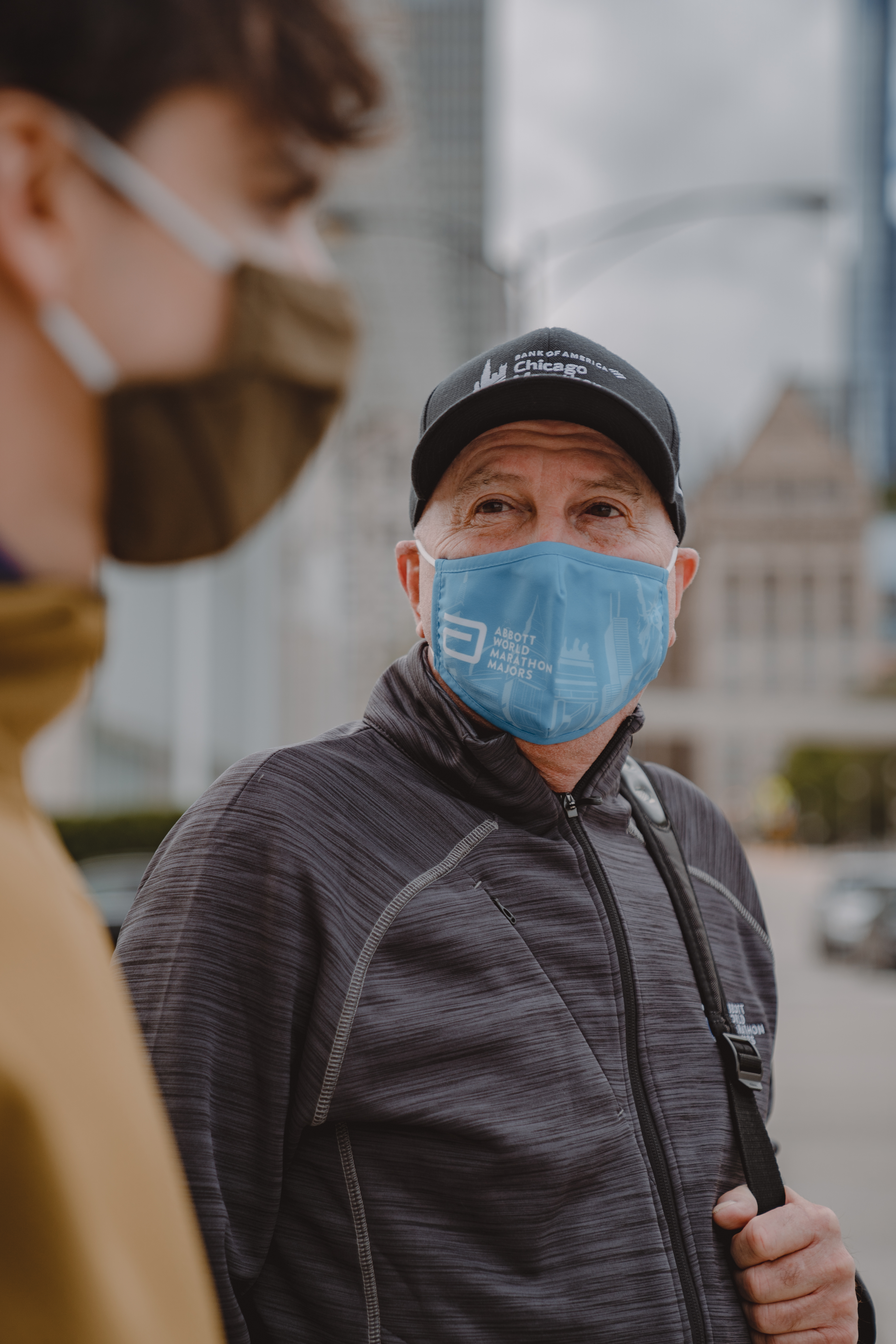
Can we ever expect the route to change?
A lot of that's predicated on what's going on with construction. There are some projects that I see that are going to be improved. They're going to change some things. You never know. Everything works now. The Southside has come alive over the years. The Westside has come alive over the years. We don’t want to disrupt the data. We're constantly looking at elements of it and changes. We get some requests to do some things. So, you never know. I mean, if you talk to Brigid Kosgei she doesn't want us to change anything [laughs]. Everyone talks about going up Roosevelt Road at the end and I would always kind of shrug my shoulders. I ran the Bank of America Shamrock Shuffle the last couple of years and ran up Roosevelt Road and my wife would say, “do you have to have this hill here?” and I say “if you could figure out how we can get into Grant Park from Michigan Avenue, then, I'll let you come to the traffic meeting.”
If you could invite any runner, dead or alive, known or unknown, to run your marathon? Who would you invite?
That's the great element of the marathon, it's the absolute barometer. You can look at what Khalid Khannouchi ran or what Steve Jones ran or, Samuel Wanjiru, or Moses Tanui, they just come along at different times of their career. You'd love to see Abebe Bikila here, I think he was amazing. We had Kenenisa Bekele here a few years ago and he ran okay. He wasn't in top shape, but to see a Khannouchi in his prime to see a Moses Tanui in his prime, to see, Samuel Wanjiru. If we wouldn't have lost Samuel at 24 years old, I think you would see that sub-two-hour record go even farther down because he was probably one of the most talented of all of them to compete. Steve Jones and the things that he did in the mid-eighties, before the pacing, before all of the tangents and all of the elements, all the science… his records in Chicago in tough days are amazing. So, that's a great question. I mean, we've had so many great women, Joan and Catherine, and Constantina that went on and won. Paula Radcliffe and Brigid.
Doing this as long as I have in my career, we had Steve Jones, Khalid Khannouchi, Catherine Ndereba, and Paula Radcliffe, those all came in a pretty intense period. I started thinking to myself, you know, I've been doing this for a while and we haven't really been close to a record in Chicago in a while. Maybe that's it. Maybe the four records are enough to hang your hat on.
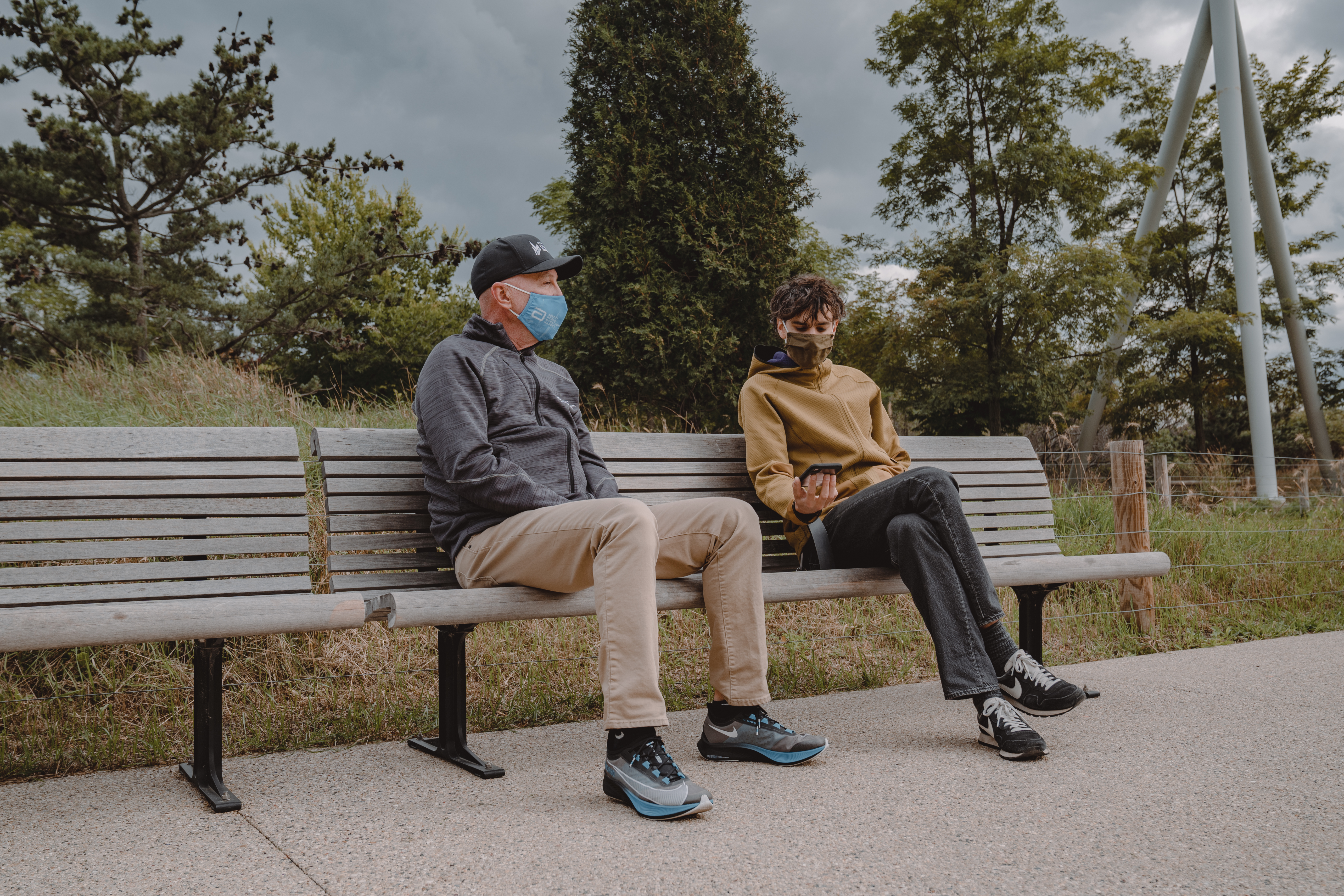
Connect With Us
See the latest from Fleet Feet Chicago